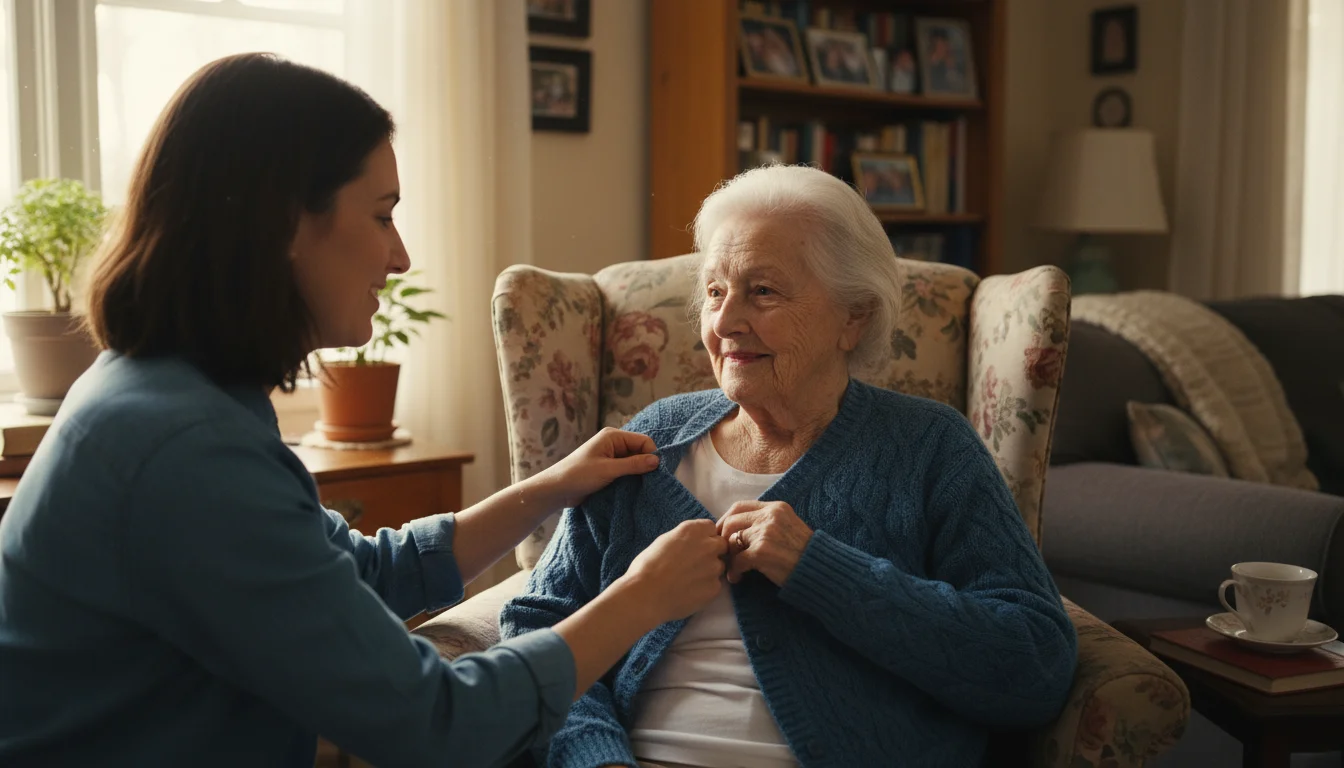
Understanding the Financial Basics of Long-Term Care
Before you can make a plan, you need to understand exactly what you’re planning for. Long-term care is different from the medical care you receive from a doctor or at a hospital. Let’s break down the essential concepts.

What Exactly Is Long-Term Care?
Long-term care (LTC) isn’t about treating an illness; it’s about providing assistance when a chronic illness or disability prevents you from taking care of yourself. This help is focused on what are called “Activities of Daily Living,” or ADLs. There are six primary ADLs: bathing, dressing, eating, using the toilet, continence, and transferring (moving from a bed to a chair, for instance). Generally, needing help with two or more of these activities triggers the need for long-term care. This care can be provided in several settings:
At your own home: A home health aide or personal care assistant comes to your house to help with ADLs, meal preparation, or household chores.
Assisted living facility: A residential community that provides housing, meals, and personal care assistance, while allowing for a good degree of independence.
Nursing home: For individuals who need a higher level of supervision and 24-hour skilled nursing care.

The Reality of the Costs
The cost of care is the biggest hurdle for most families. While prices vary significantly by state, the national median costs can give you a clear picture of the financial challenge. According to recent industry surveys, you can expect to see figures like these:
Home Health Aide: The median annual cost for a home health aide (44 hours per week) is over $65,000.
Assisted Living Facility: The median annual cost for a private one-bedroom unit is over $55,000.
Nursing Home: The median annual cost for a private room is over $110,000.
Looking at these numbers, it’s easy to see how a few years of care could deplete a lifetime of savings.

Who Pays for It? The Common Misconceptions
This is where many people get into financial trouble. They assume their existing insurance will cover the costs. Unfortunately, that’s rarely the case.
Medicare: This is the biggest point of confusion. Medicare will only pay for short-term, skilled nursing care in a facility for a limited time (up to 100 days) *after* a qualifying hospital stay. It does not pay for “custodial care,” which is help with ADLs. If you need someone to help you bathe and get dressed for months or years, Medicare will not cover it.
Private Health Insurance: Your regular health plan, like Medicare, is designed to cover medical expenses like doctor visits and hospital stays, not long-term custodial care.
So, if Medicare and health insurance don’t cover it, what does? There are four primary sources:
1. Out-of-Pocket Savings: Using your own retirement funds, investments, and other assets. This is the default for those without a plan.
2. Long-Term Care Insurance: A specific type of senior insurance designed to cover these costs.
3. Medicaid: The government’s safety-net program for those with very low income and assets.
4. Hybrid Solutions: Life insurance or annuities with special riders that allow you to use the funds for long-term care.
For official information on Social Security and Medicare, visit SSA.gov and Medicare.gov. Federal tax information is at the IRS.
—


















